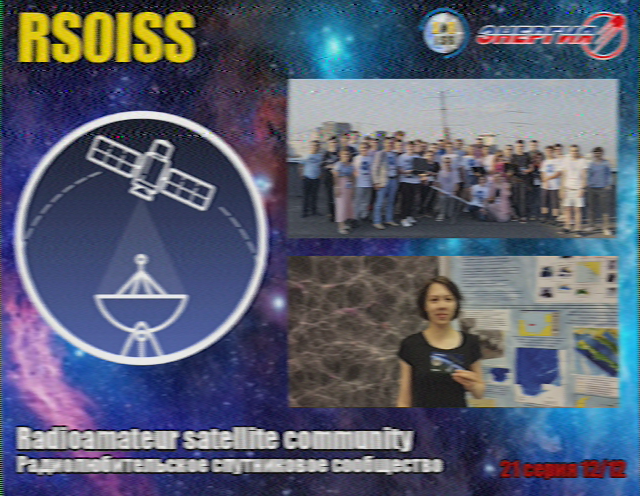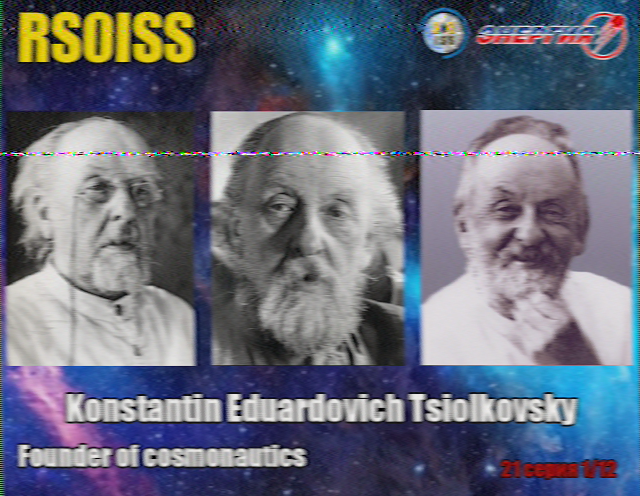!wave
Average road in northern england
oh, haha. You are probably thinking of @user224@lemmy.sdf.org saying they are in slovakia in this post, not me. I live in the UK.
This satellite is actually from 2023, I think having one light cell allows for higher resolution and multiple channels. This satellite also has 3 thermal infrared channels that are calibrated so you can see the exact temperature at each pixel, I don't think that would be possible with a traditional camera system.
I don't speak slovak, but I'll try to respond:
The satellite transmits constantly, so you are only limited by the time it is above the horizon. The duration of this transmission was about 15 minutes, but the signal was only strong enough for a much shorter time. I can't remember exactly how long this one was, it was a while ago.
These russian satellites seem to have a lot of problems with orientation. This is the first and only time so far this satellite has had issues, but the other ones have had a lot of issues before. When it is spinning it usually does send images of space, but I've not seen any where it's only space before.
Yes, The sensor is sensitive and would be damaged by the sun. One of the old satellites started spinning and the sun burned out the imager.
preložené:
Dúfajme, že to prekladateľ príliš nepokazil.
Ja síce po slovensky neviem, ale pokúsim sa odpovedať:
Družica vysiela nepretržite, takže ste obmedzený len časom, keď je nad horizontom. Dĺžka tohto vysielania bola asi 15 minút, ale signál bol dostatočne silný len oveľa kratší čas. Nepamätám si presne, aký dlhý bol tento, bolo to už dávno.
Zdá sa, že tieto ruské satelity majú veľa problémov s orientáciou. Toto je prvý a zatiaľ jediný prípad, keď mal tento satelit problémy, ale ostatné mali veľa problémov už predtým. Keď sa otáča, zvyčajne posiela snímky vesmíru, ale predtým som nevidel žiadne, kde by bol len vesmír.
Áno, snímač je citlivý a poškodilo by ho slnko. Jeden zo starých satelitov sa začal otáčať a slnko vypálilo snímač.
The satellite has a malfunction. The imager scans the planet one line at a time and the motor that scans it is stuck, and causing the motor to spin too slow. I'm not sure on the specifics, but the onboard computer ends up sending broken data, resulting in the artefacts in this image and the analog version.
The analog transmission is there for compatibility with old ground stations. It's much easier to receive, so cheap ground stations can be set up in places that don't have the money for a dish and rotor setup. The last satellite with the analog transmission was launched in 2009, all US satellites since have been only digital, and even removed the HRPT and replaced it with a much higher rate, harder to recive downlink.
Russian satellites have a digital signal at the same lower frequency instead of the analog signal for the same reason, but it looks much better because it is digital.
The image is the data as it was sent by the satellite, the vertical lines are probably coming from the satellite computer getting confused by the stuck scan motor.
The satellite is sending the sync pulse for the second channel twice in that middle bit, so the software fails to sync.
The scan motor current for this satellite is on this page under Telemetry/Scan Motor Current

There is a small digital signal (DSB) near this downlink that has some other sensors and telemetry.
There is also another digital signal (HRPT) at a much higher frequency (1.7GHz) that has all the sensors and also the raw data for this image. It requires a dish and tracking, but this satellite has a broken transmitter for that higher frequency, so it's much weaker. The artefacts look completely different in the raw digital image.
An image from this sat on HRPT:

Not sure about here but is was a hot take on reddit:
Pointers are not that hard and really useful
















!wave